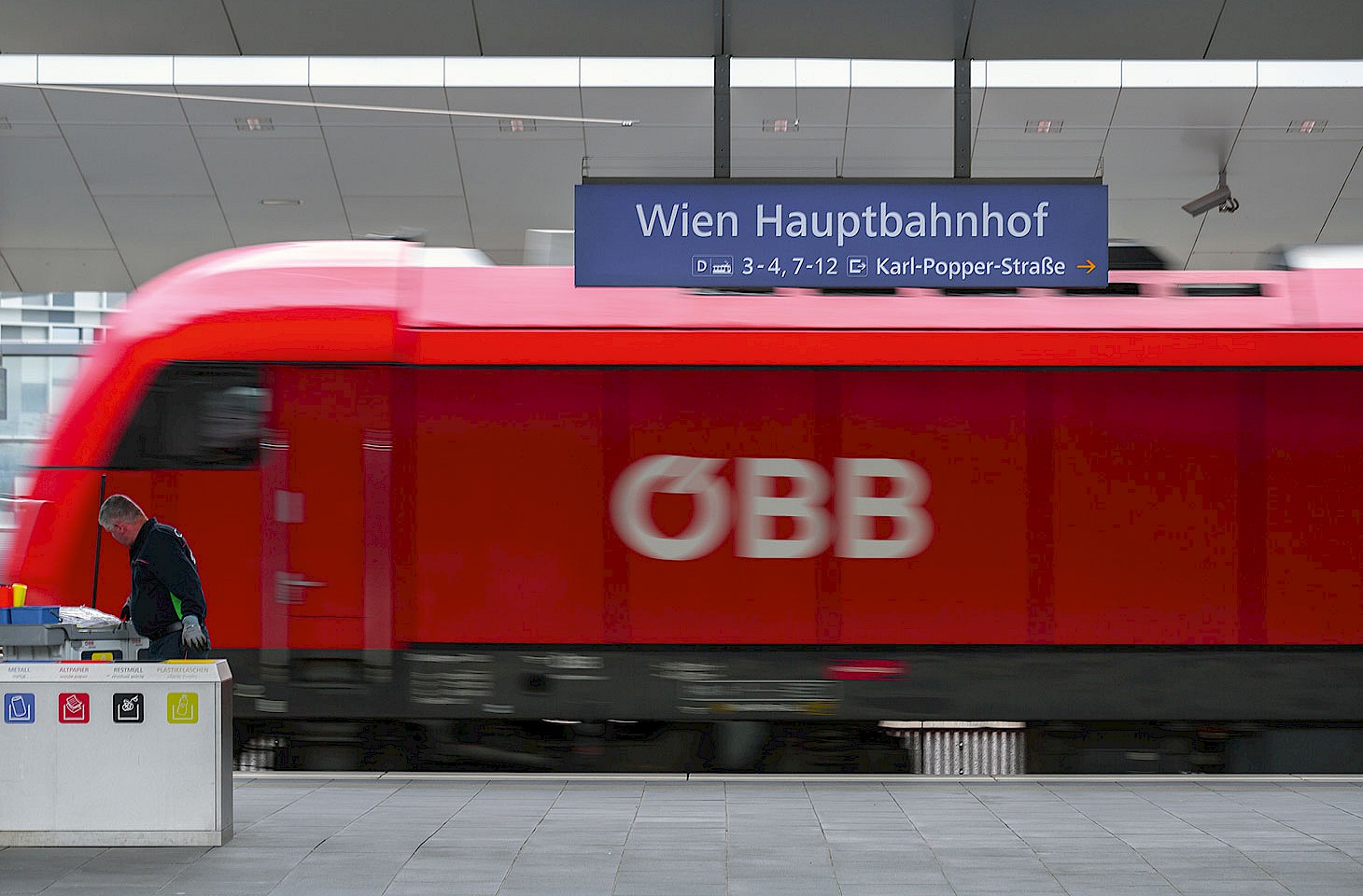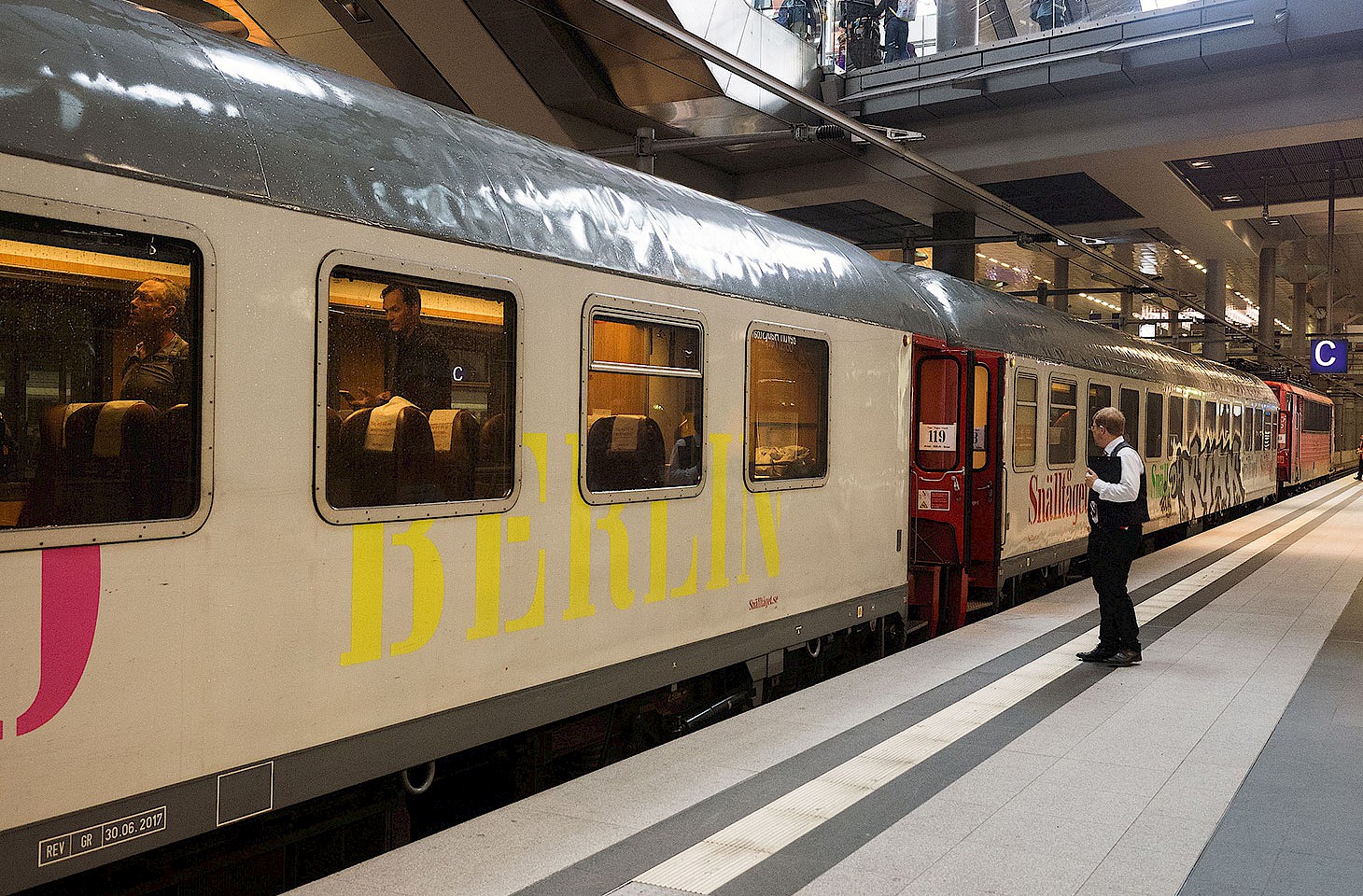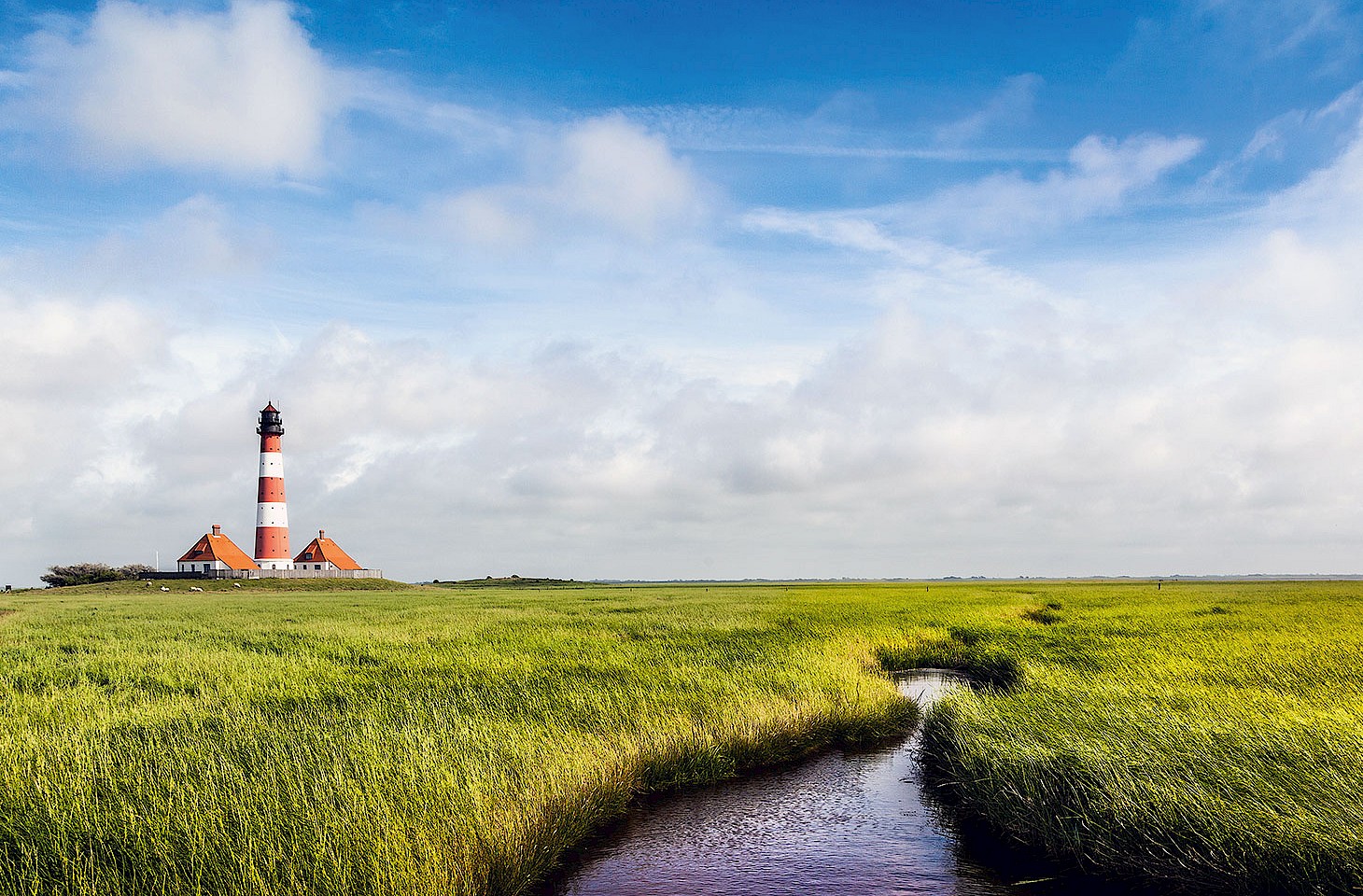No one forgets their first glimpse of Torgau. For Katharina, that first view of the small riverside town on the evening of Easter Saturday in 1523 was mightily reassuring. For the entire day, Katharina von Bora and the other runaway nuns had hid among the herring barrels in the back of Herr Köppe’s covered wagon. Never once did they dare to peek out. But now Leonhard Köppe paused by the side of the track and reassured the women that they need no longer fear for their safety. “Look, there’s Torgau,” he said. “We’ll be in the middle of town before long. You’ll be safe there. There will be food, a chance to sleep, and then after Easter it’ll be an easy journey down the Elbe Valley to Wittenberg to meet Herr Luther.”
If Wittenberg was the ecclesiastical centre of Martin Luther’s efforts to reform the Roman Catholic Church, Torgau was the political pivot of the Reformation in Germany. For the nine nuns who escaped from the Cistercian convent at Nimbschen, that Easter Sunday in Torgau was a first chance to discuss openly the new religious ideas which were sweeping through Saxony. There had been rumours for many months within the walls of the cloister at Nimbschen that some of the Augustinian monks just down the valley in Grimma were leaving their monastery, even a suggestion that the abbot himself was much taken by Luther’s teaching. But no one dared discuss these matters openly.
For Katharina, that escape to Torgau during the sacred days of the Triduum marked the end of 14 years in a convent where the rhythm of time was measured by the Liturgy of the Hours. From the convent at Nimbschen in the Mulde Valley, still chill and cold during Lent, Katharina’s uncomplicated view of the world was framed by Gallows Hill, which rises gently to the east on the other side of the river, and by the wooded slopes of the Hirschberg behind the convent. Now she was seeing, for the first time, the more expansive landscapes of the Elbe Valley and — most importantly — the city of Torgau which had afforded protection to Luther and others who had challenged the authority of the Pope and the entire Catholic hierarchy.
Along the Elbe
Katharina did not linger in Torgau. Nor do most visitors today. The town is a way station for cyclists who follow the long-distance bike path alongside the River Elbe, passing through some of the most beautiful communities in eastern Germany en route, from Königstein through Dresden and Meißen to Torgau, Wittenberg and beyond.
Yet Torgau is in many ways the Elbe’s unsung star




